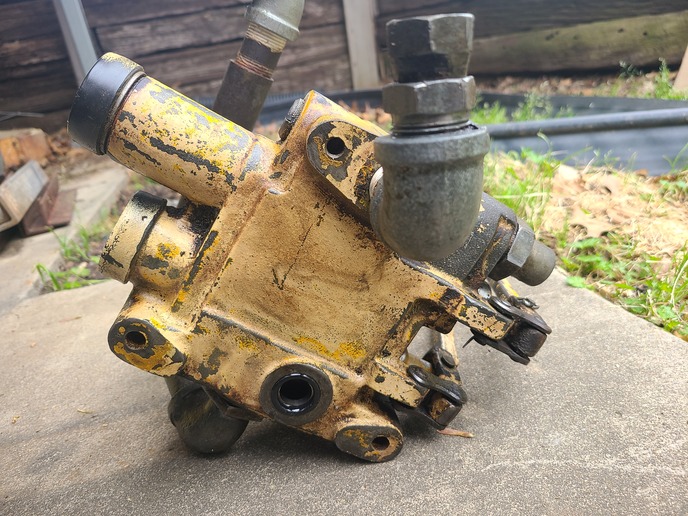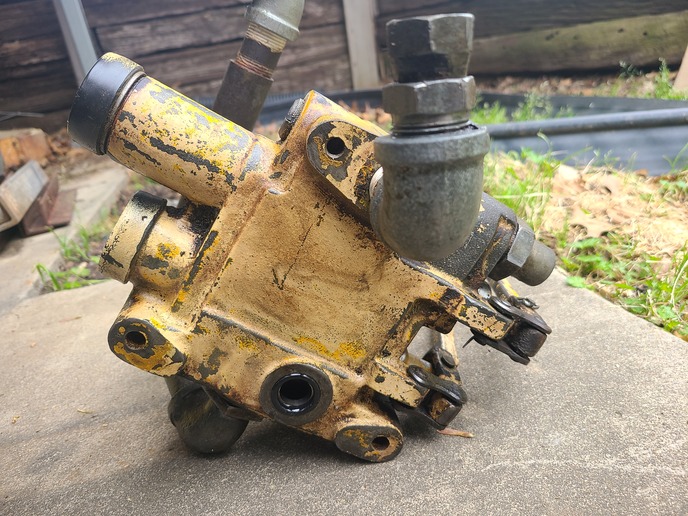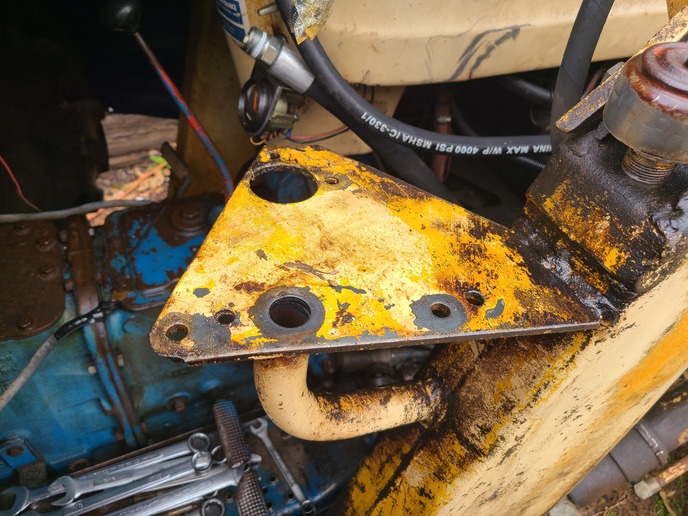I have a Freeman 4000 loader. I had it checked out at a hydraulic shop and it's unrepairable. From what I've learned from the folks on this site Gresen built the valve for Freeman and later Bush Hog bought out Freeman. I couldn't find the valve on any Freeman literature but I found it on the N tractor site. They had a parts manual for it listed under Freeman 4000 parts list. It's a Bush Hog model 51085. Now in a perfect world I would order a replacement. I talked to the two most senior employees in the parts department at Bush Hog and parts have not been available for decades. So I just need to replace it. I've found several valves from Prince that would work with one caveat. The hydraulic fluid return port on the valve going to the reservoir was special for the Freeman/Bush Hog loader. It is an o-ring seal that sealed the bottom of the valve against the mounting plate on the loader. This plate had a pipe that connected to the loader reservoir. I can't find any manufacturer that has this type of return(outlet) on the valve. I can get a valve with a 3/4 NPTF on the outlet as well as other connections. The challenge is how to mate the outlet connector with the return that is on my loader and not wind up with something that looks like a Rube Goldberg. I'm sure many of you with a Freeman loader have already crossed this bridge and I would love to know how you did it. Pictures of your final product would be most helpful as well as the loader valve you used. I've included two pictures of my valve and mount for clarity. Notice the o-ring on the bottom of the valve. This is the outlet for the return and is not threaded. They simply milled a recess in the valve for a o-ring. Any assistance is greatly appreciated.







